- Home
- Articles
- Architectural Portfolio
- Architectral Presentation
- Inspirational Stories
- Architecture News
- Visualization
- BIM Industry
- Facade Design
- Parametric Design
- Career
- Landscape Architecture
- Construction
- Artificial Intelligence
- Sketching
- Design Softwares
- Diagrams
- Writing
- Architectural Tips
- Sustainability
- Courses
- Concept
- Technology
- History & Heritage
- Future of Architecture
- Guides & How-To
- Art & Culture
- Projects
- Interior Design
- Competitions
- Jobs
- Store
- Tools
- More
- Home
- Articles
- Architectural Portfolio
- Architectral Presentation
- Inspirational Stories
- Architecture News
- Visualization
- BIM Industry
- Facade Design
- Parametric Design
- Career
- Landscape Architecture
- Construction
- Artificial Intelligence
- Sketching
- Design Softwares
- Diagrams
- Writing
- Architectural Tips
- Sustainability
- Courses
- Concept
- Technology
- History & Heritage
- Future of Architecture
- Guides & How-To
- Art & Culture
- Projects
- Interior Design
- Competitions
- Jobs
- Store
- Tools
- More
Innovative Architect Desk Setup Ideas for a Productive Workspace

Creating an effective and inspiring workspace is essential for architects who spend countless hours drafting designs and solving complex problems. A well-thought-out desk setup can significantly boost productivity and creativity, making those long hours more manageable and enjoyable.
In this article, we’ll explore various architect desk setup ideas that blend functionality with aesthetics. From minimalist designs that promote a clear mind to personalized touches that make your workspace feel like home, these tips will help you craft the perfect environment for your architectural endeavors. Let’s dive into how you can transform your desk into a hub of innovation and efficiency.

Table of Contents
ToggleEssential Elements of an Architect’s Desk Setup
Choosing the Right Desk
Architects need ample workspace. We recommend a desk with a large surface area, allowing us to spread out blueprints, sketches, and drafting tools. A height-adjustable desk provides flexibility for both sitting and standing positions, catering to ergonomic comfort. Ensure the desk has sturdy construction to support various equipment like computers, monitors, and plan trays.
Selecting Comfortable Seating
Comfortable seating is fundamental for long working hours. An ergonomic chair with adjustable height and lumbar support can prevent back strain. Chairs like the BackStrong chair with a cocoon-like design offer additional comfort and spinal support. Armrests that can be tucked down ensure our seating adapts to different desk heights, improving proximity to our work.
Organizing Your Space with Effective Storage Solutions
Effective storage solutions are essential to keep the workspace tidy. We can use modular cabinets and shelving units to store materials and tools efficiently. A clutter-free desk boosts productivity, reducing time spent searching for items. Cable management tools prevent tangles and maintain a clean appearance. Utilizing vertical space, like wall-mounted organizers, maximizes storage while keeping important items within reach. For instance, using labeled bins or drawers helps categorize supplies for quick access.
Enhancing Functionality and Comfort
Importance of Ergonomic Design
Ergonomic design is crucial for maintaining productivity and comfort. A high-quality ergonomic chair supports the spine and pelvic region, adapting to natural movements, which reduces strain during long hours. For instance, the ErgoChair Recline offers adjustability and spine support. Adjustable desks, like stand-sit models, promote flexibility, allowing shifts between sitting and standing to improve circulation and focus. Proper ergonomics prevent musculoskeletal issues and contribute to sustained productivity and well-being.
Lighting Tips for Productive Spaces
Effective lighting enhances productivity and reduces eye strain. Natural light is ideal, but in its absence, a combination of ambient and task lighting can substitute. Position multiple light sources, such as desk lamps and adjustable floor lamps, to avoid shadows and glare on work surfaces. Warm backlighting adds a cozy glow and creates a relaxing atmosphere. Ambient lighting elevated the mood and focus, providing consistency regardless of external light conditions.
Integrating Technology Smartly
Integrate technology to streamline workflow and minimize clutter. Multi-monitor setups, which are ideal for CAD software and 3D modeling, increase screen real estate and efficiency. Cable management tools, like trays and power strips installed under the desk, keep cords organized and out of sight, enhancing the workspace’s appearance. Smart storage solutions, such as floating shelves with plants, add functionality and aesthetic appeal, combining tech-savviness with a calm, organized environment for optimal architectural work.
By incorporating ergonomic designs, effective lighting, and smart technology, we can create an architect desk setup that maximizes functionality and comfort, fostering an environment where creativity and productivity thrive.

Design Tips for an Inviting Workspace
Embracing Minimalism
Minimalism streamlines our workspace and minimizes distractions. Clear desks provide ample space for creativity and focus. We find it’s helpful to keep only essential items on our desks, such as a sketchbook, tablet, and essential drafting tools. Reducing clutter not only improves our focus but also creates a clean, inviting environment. For digital tools, organizing files in well-structured folders reduces visual chaos on our screens.
Incorporating Personal Style and Aesthetics
Our workspace isn’t just a functional area; it reflects our personal style. Incorporating elements that reflect our tastes makes the space more inviting. We can add personal touches with artwork, customized stationery, and color schemes that inspire us. Consider a monochromatic color scheme with a few vibrant accents to balance simplicity and flair. Reflecting our aesthetics in the workspace can boost our motivation and creativity.
Using Plants and Natural Elements
Plants introduce a touch of nature to our workspace, enhancing aesthetics and promoting well-being. Greenery can improve air quality and reduce stress. We suggest placing potted plants on your desk or shelves, choosing low-maintenance varieties like succulents or snake plants. Natural elements such as wooden desk accessories or stone coasters can also add warmth and texture, creating a more inviting and grounded workspace.
By embracing minimalism, incorporating personal style, and adding natural elements, we can design a workspace that is both functional and inviting. This setup not only enhances our productivity but also creates an environment where creativity thrives.

Innovative Desk Setup Ideas for Architects
The Standing Desk Approach
Standing desks revolutionize how architects work by promoting better posture and increasing energy levels. Studies show that standing for part of the workday reduces the risk of chronic diseases like heart disease and diabetes. To create an optimal standing desk setup, ensure the desk height aligns with your elbows while standing and your computer screen is at eye level.
Consider adjustable desks that allow you to switch between sitting and standing positions. These desks optimize comfort and prevent fatigue from prolonged standing. Features like programmable height settings and sturdy construction ensure a seamless transition between different working modes.
Multi-functional Furniture Solutions
Architects frequently juggle various tasks, requiring flexible furniture that adapts to changing needs. Multi-functional furniture offers versatility in tight spaces. For instance, a desk with built-in storage compartments keeps essential tools and documents within reach, enhancing efficiency.
Tables that double as workstations and meeting areas are particularly useful in collaborative environments. Opt for furniture with hidden storage to maintain a clutter-free workspace. Additionally, consider modular furniture that can be reconfigured as project requirements evolve, providing both practical and aesthetic benefits.
Optimizing Small Spaces
Maximizing small spaces is crucial for architects working in compact offices or home studios. Vertical storage solutions, such as wall-mounted shelves and pegboards, utilize unused wall space for organizing tools and materials. These solutions offer easy accessibility without consuming precious floor space.
Choose desks and chairs with slim profiles to avoid overwhelming small rooms. Compact, foldable furniture allows for easy storage when not in use, freeing up room for other activities. Use light colors and reflective surfaces to create an illusion of a larger space, enhancing the overall ambiance.
By incorporating standing desks, multi-functional furniture, and space optimization strategies, architects can create dynamic, efficient workspaces that foster creativity and productivity.
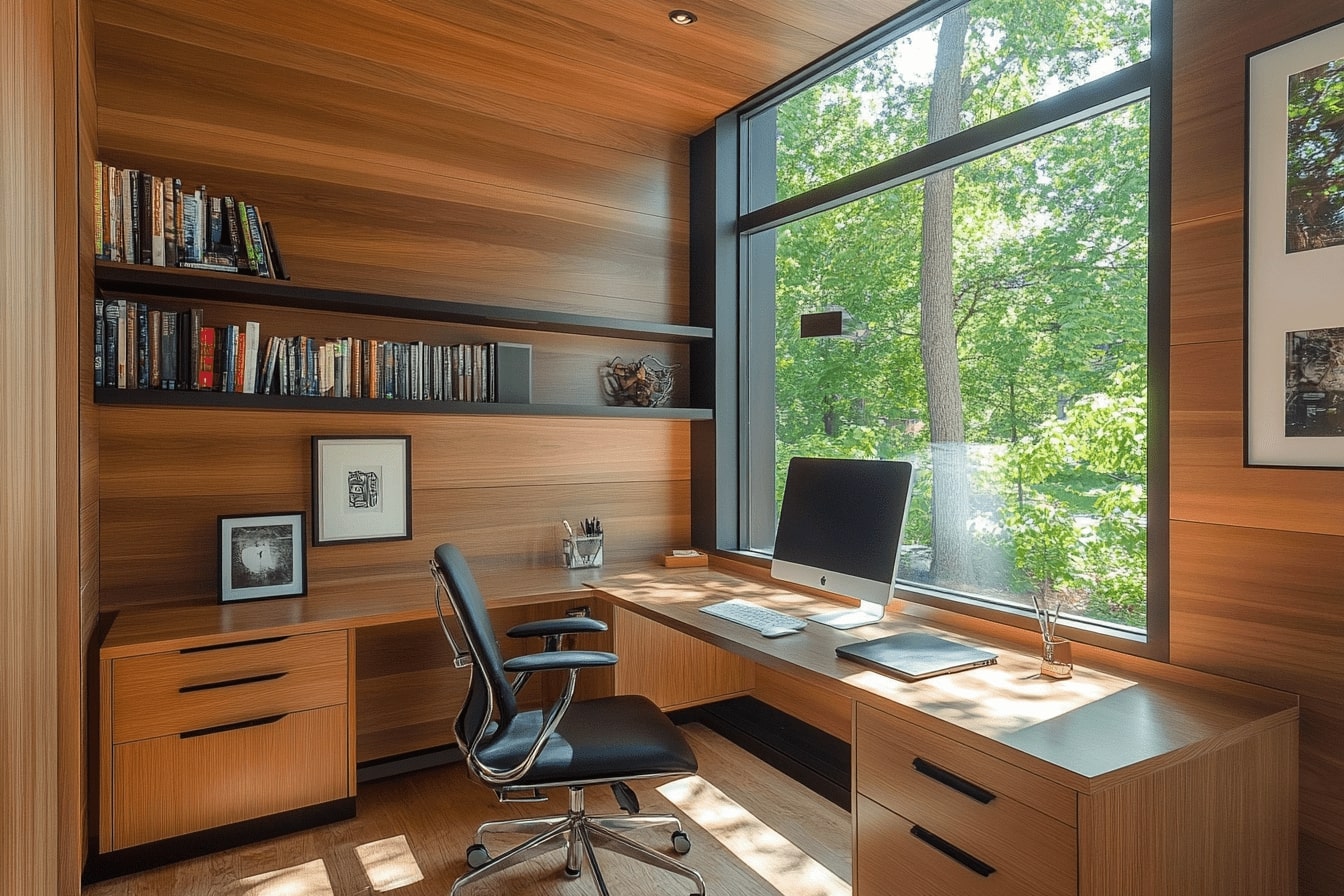
Special Considerations for Home Office Setups
Managing Distractions and Noise
Effective management of distractions and noise is crucial in any home office setup. Noise-canceling headphones, for instance, can help reduce auditory disturbances and maintain focus. Soundproofing solutions like acoustic panels or curtains can also minimize external noises. Separating the workspace from high-traffic areas of the home, like living rooms or kitchens, is another effective strategy to create a quieter environment conducive to work.
Balancing Professional and Personal Elements
Balancing professional and personal elements becomes essential when setting up a home office. Designating specific areas for work helps in creating a boundary between professional tasks and personal activities. Incorporating elements that reflect personal style, such as family photos or favorite artwork, can make the workspace more inviting without compromising professionalism. Ensuring that work essentials, like computers and filing cabinets, coexist harmoniously with personal items enhances both functionality and comfort.
Staying Organized and Clutter-Free
Staying organized and clutter-free in a home office involves implementing efficient storage solutions. Using desk organizers and filing systems ensures that documents and tools are easily accessible and neatly stored. Multi-functional furniture, like desks with built-in storage, can maximize space utility. Regularly decluttering the workspace, by eliminating unnecessary items, maintains an efficient and productive environment. Utilizing digital tools for project management and note-taking can also reduce physical clutter in the office.
By considering these special aspects of home office setups, architects can create productive, efficient, and aesthetically pleasing workspaces tailored to their professional and personal needs.

Conclusion
Designing the perfect architect desk setup involves several critical elements. We recognize the importance of having ergonomic seating, as it ensures comfort during long work hours. An adjustable chair with adequate back support can significantly reduce strain and promote better posture. Implementing effective storage solutions like modular shelves and under-desk cabinets helps keep essential tools and documents within reach while maintaining a clean workspace.
Lighting plays a crucial role in enhancing our work environment. Natural light boosts productivity and well-being, while adjustable LED lamps can provide focused light for detailed tasks. Additionally, incorporating multi-functional furniture, such as standing desks, offers flexibility and promotes a healthier lifestyle by allowing us to alternate between sitting and standing.
For those working from home, managing distractions and noise is vital. Setting up our workspace away from high-traffic areas and using noise-canceling headphones can create a more conducive working environment. It’s also essential to strike a balance between professional and personal elements. A dedicated workspace that reflects our style yet remains functional can significantly enhance creativity and productivity.
Staying organized is another key aspect of an efficient desk setup. Using cable management solutions, organizing trays, and regular decluttering can keep our workspace tidy and free of unnecessary items. By following these ideas, we can create a desk setup that not only looks aesthetically pleasing but also supports our professional needs effectively.
- Architect desk design tips
- Architect Workspace
- Architectural design desk ideas
- Architectural Inspiration
- Architectural Productivity
- Creative Office Design
- Creative workspace solutions for architects
- Desk Design
- Efficient desk setups for architects
- Ergonomic setups for architects
- Functional architect workspace designs
- Home office setups for architects
- Innovative architect desk setup
- Innovative Desk Setup
- Modern architect office setups
- Modern Workspaces
- Office Setup Ideas
- Productive Workspace
- Productive workspace ideas
- Workspace design trends for architects
- Workspace optimization for architects
- Workspace Organization
Submit your architectural projects
Follow these steps for submission your project. Submission FormLatest Posts
Tips for Using Runners to Transform Hallways and Spaces
Hallways work hard. They handle daily foot traffic, muddy shoes, and the...
Essential Architecture Tools in 2026: Software, AI, and Physical Equipment
Architecture in 2026 demands more than design talent alone. From BIM and...
Light of Tomorrow by VELUX 2026
This competition encourages architects to design visionary spaces where natural light drives...
Top 10 Online Platforms to Find Apartments for Rent in San Antonio
San Antonio, Texas, with its vibrant culture, historical landmarks, and strong job...




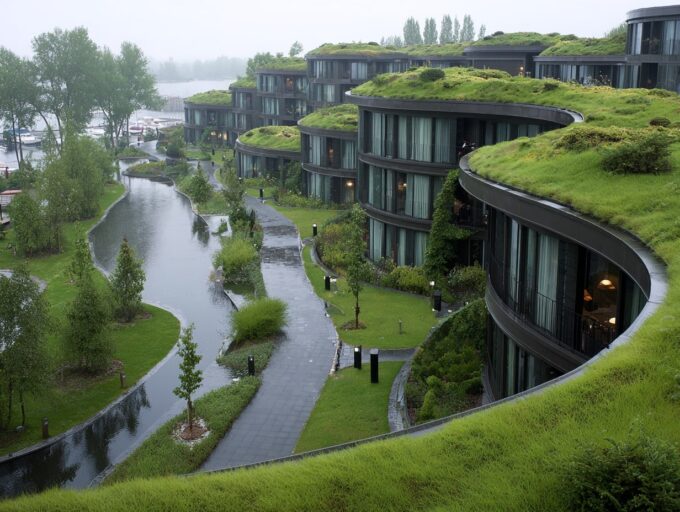

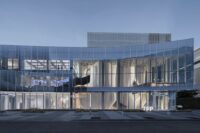
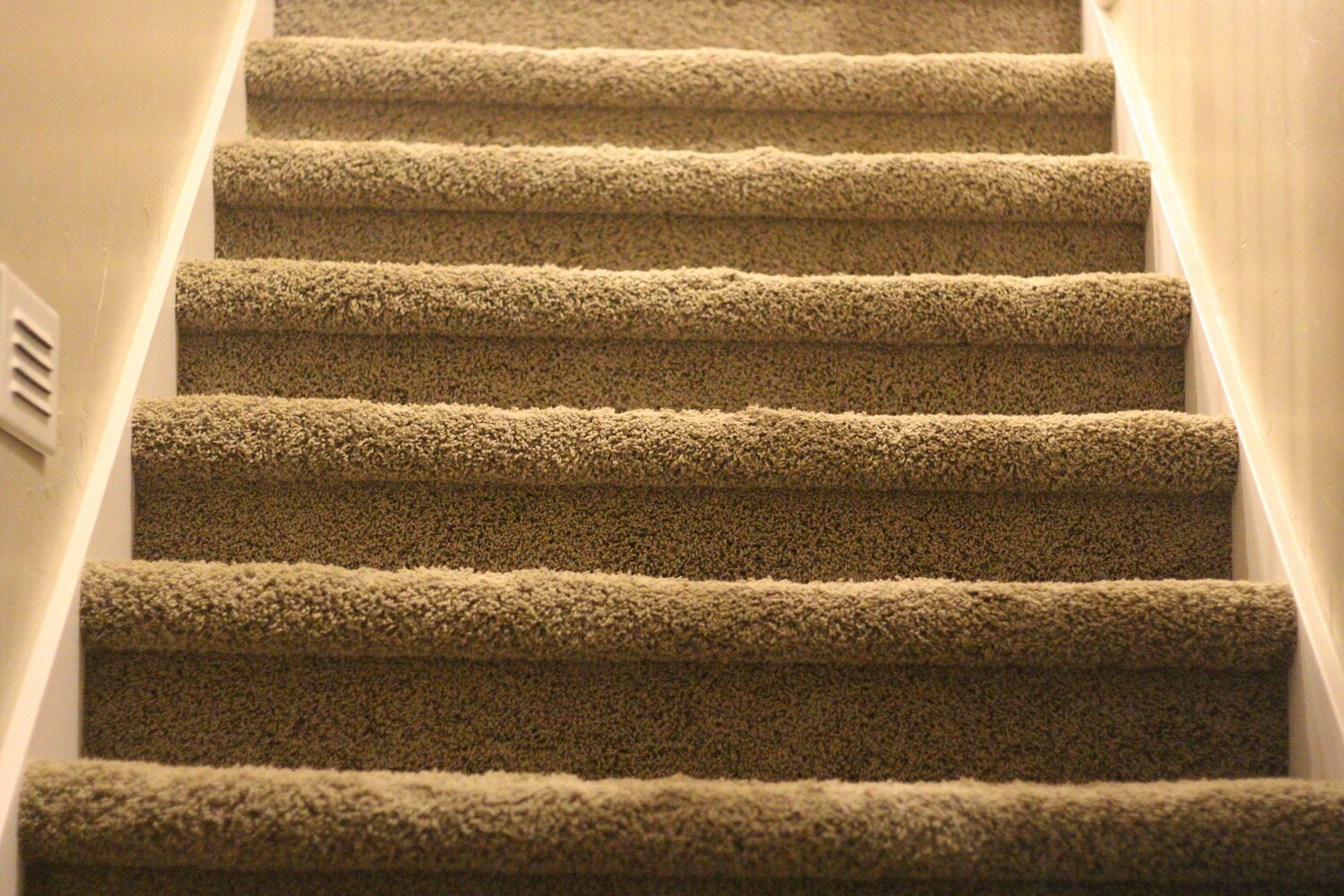
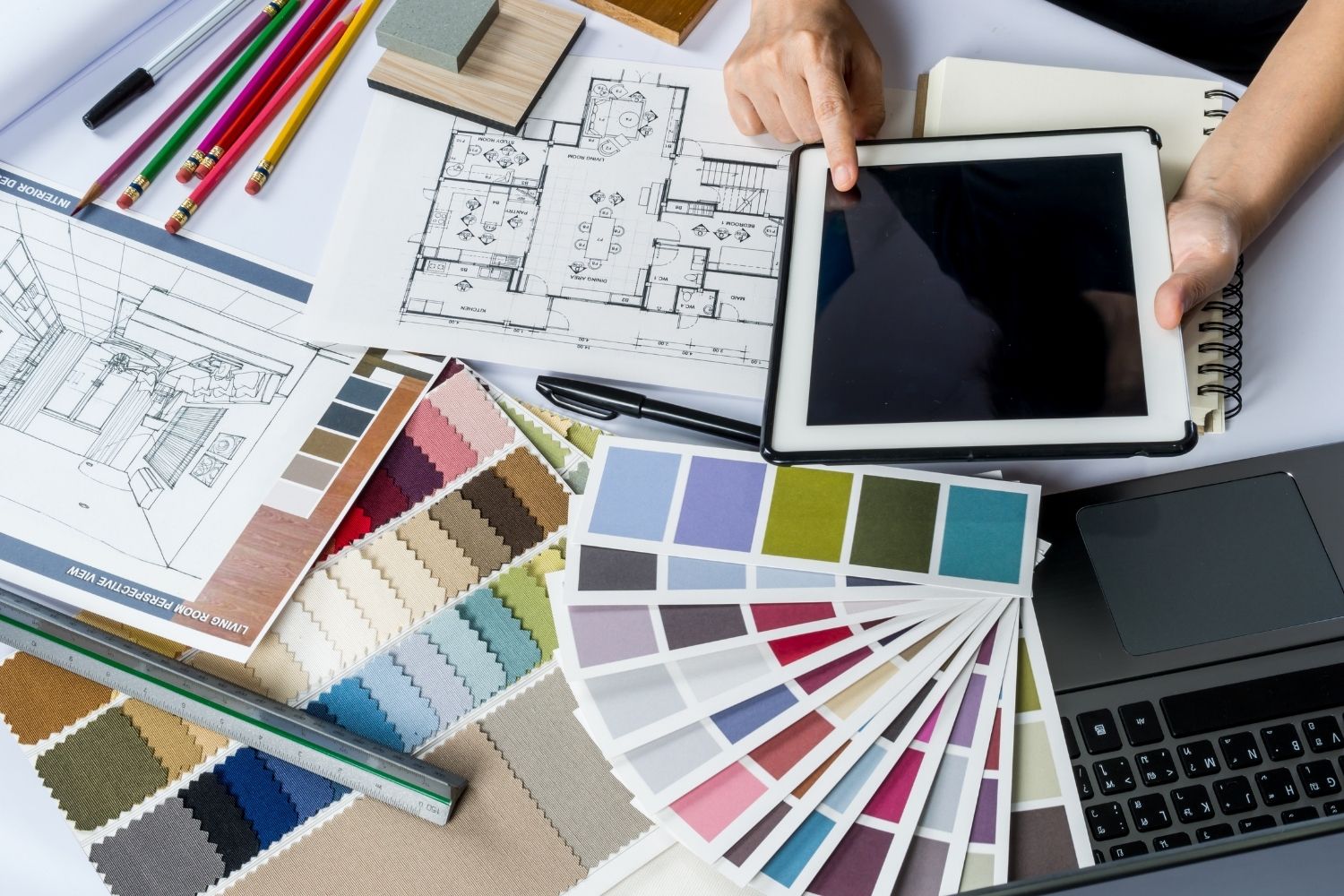


Leave a comment